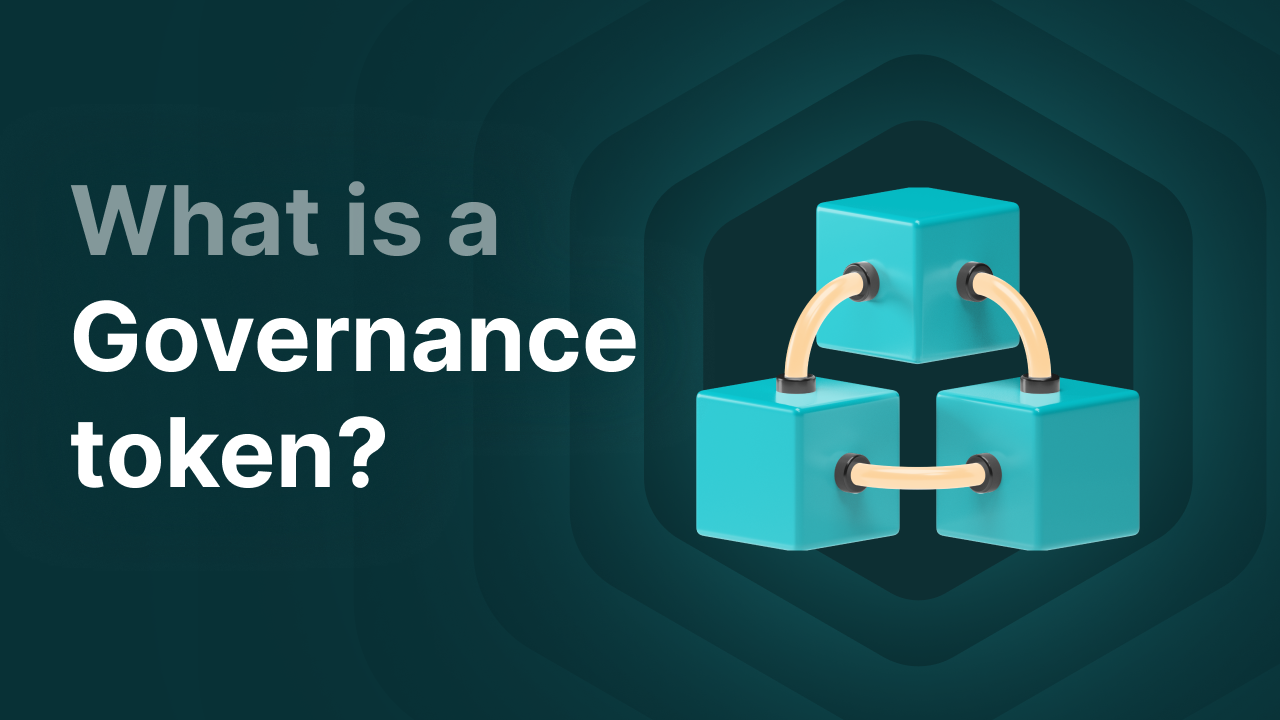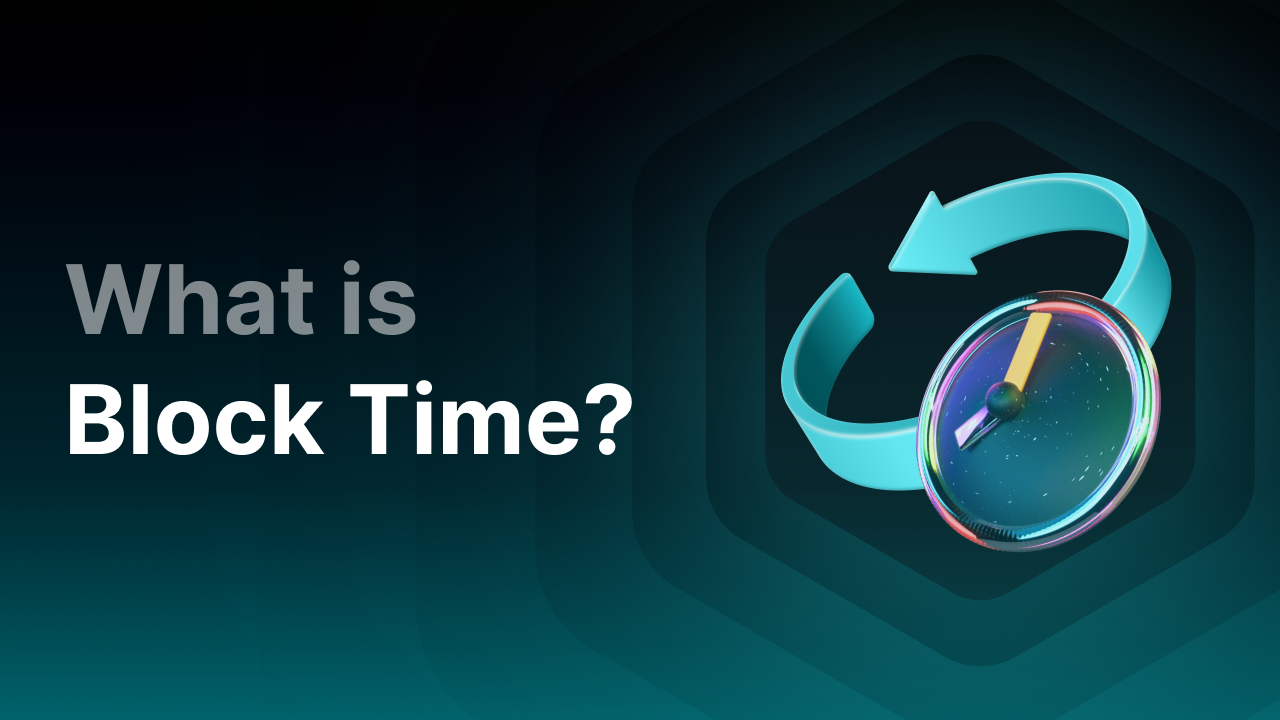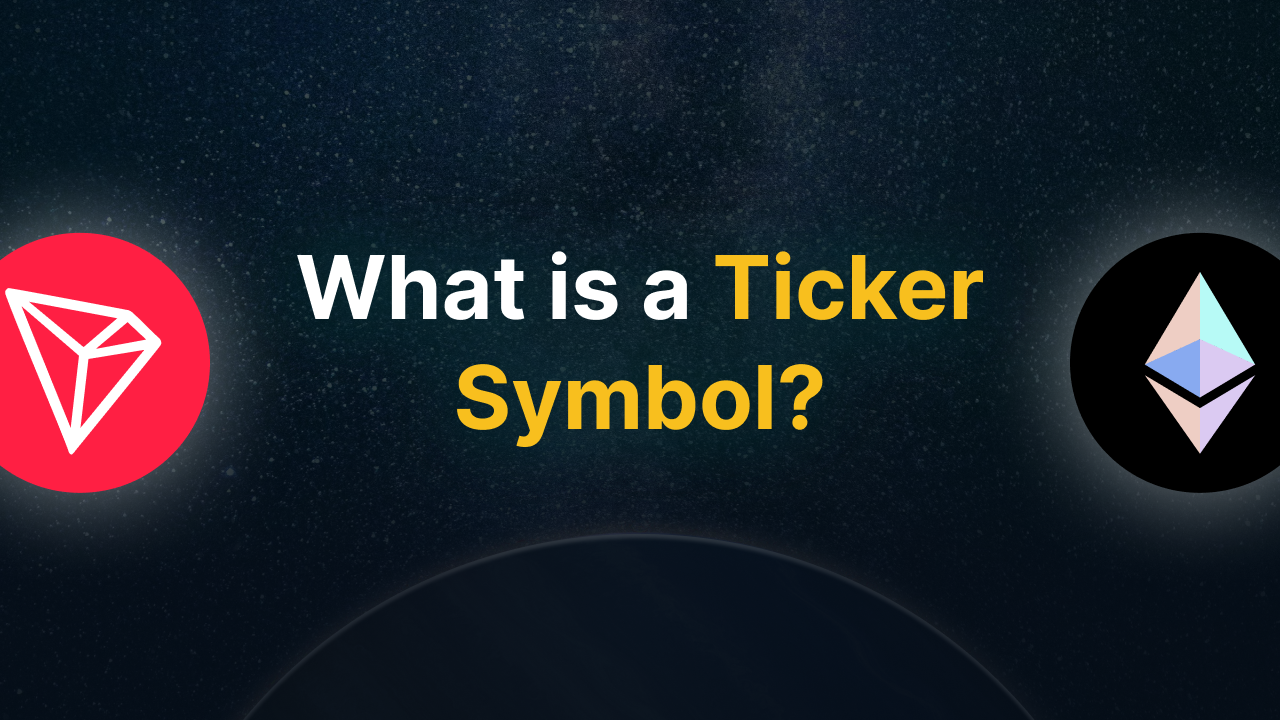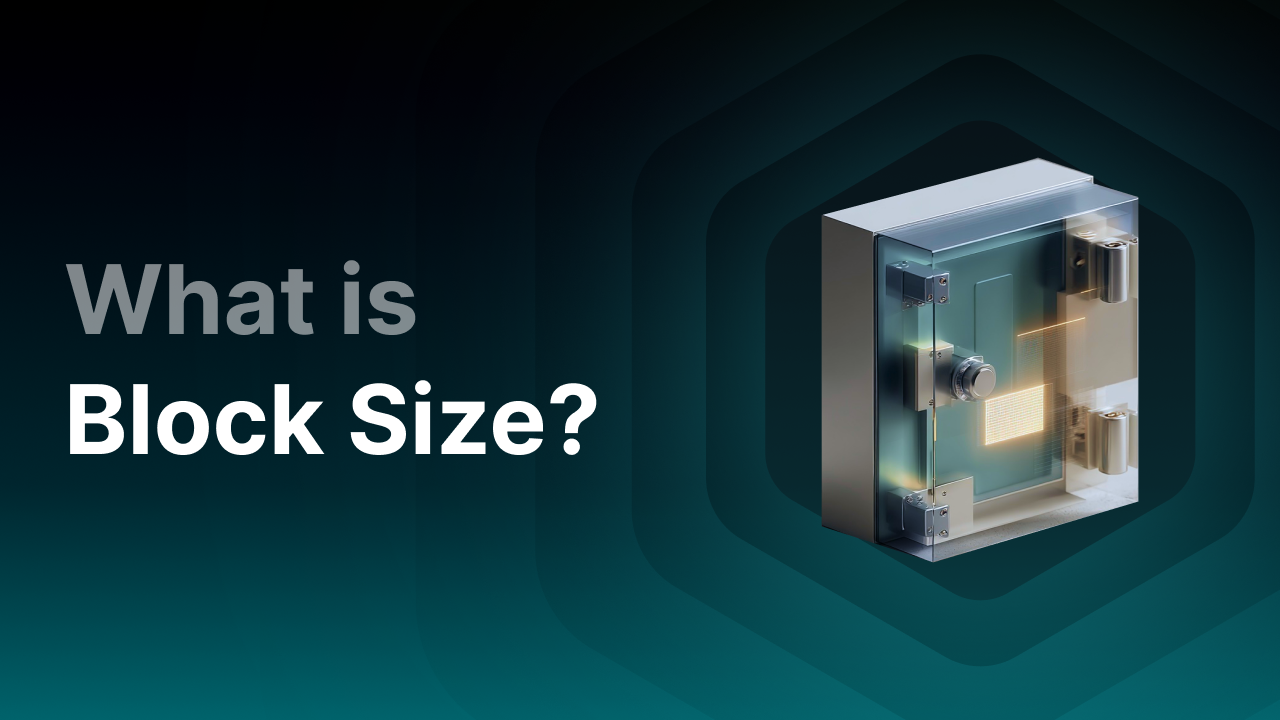What is an Ethereum Improvement Proposal (EIP)?
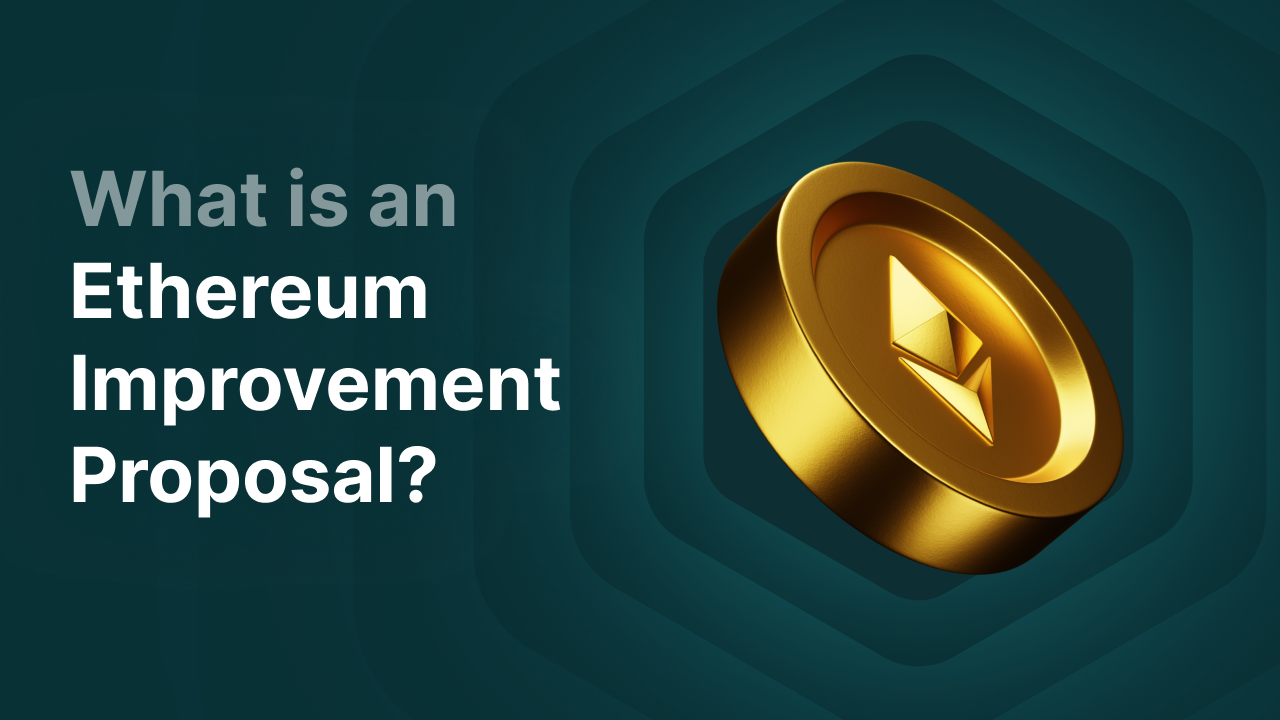
What are Ethereum Improvement Proposals (EIPs)?
An Ethereum Improvement Proposal (EIP) is a proposal on the Ethereum platform submitted by platform developers, giving the Ethereum community the opportunity to provide feedback on the proposal. Before an EIP is implemented, it must be approved by the community and the update or improvement is thoroughly tested. This approach ensures the Ethereum blockchain remains transparent, fair, and decentralized, with decision-making power distributed among network participants. This allows Ethereum to continue evolving and adapting to the latest technological developments. That makes Ethereum Improvement Proposals crucial for the development and rollout of the Ethereum roadmap.
An EIP can be a minor change or bug fix, or a major upgrade with significant impact on the Ethereum ecosystem, such as The Merge and the Pectra upgrade.
Key Takeaways
-
Ethereum Improvement Proposals (EIPs) are the official mechanism by which technical improvements and changes to the Ethereum protocol are proposed, discussed, and implemented.
-
There are different types of EIPs, each with its own role: Core EIPs, ERCs, Networking, Interface, Informational, and Meta EIPs.
-
EIPs ensure that decisions about the network are discussed openly and that both developers and the community have a voice in Ethereum's development.
-
Major upgrades like The Merge (EIP-3675) and EIP-1559 (the Burning mechanism) have structurally changed Ethereum.
-
EIPs such as EIP-4844 (Proto-Danksharding) prepare the network for massive scalability via rollups, introducing blobs that aim to make data storage by layer-2 solutions more efficient.
-
Innovations like Account Abstraction, Verkle Trees, EOF, and PeerDAS make the network more flexible, secure, and accessible for non-technical users.
Why is an EIP important?
Ethereum Improvement Proposals (EIPs) are important for several reasons within the Ethereum ecosystem.
-
Transparency and community involvement: EIPs allow developers to share their ideas with the community and test their feasibility. They also give users the opportunity to help shape the future of Ethereum.
-
Standardization: EIPs ensure that changes are implemented in a clear, tested, and consistent way within the ecosystem.
-
History and documentation: EIPs provide a chronological archive of what has changed within Ethereum and when. This promotes transparency.
What types of Ethereum Improvement Proposals (EIPs) are there?
Within the Ethereum ecosystem, there are several types of Ethereum Improvement Proposals (EIPs), divided into different categories. Each has its own function and is classified based on its goal and the impact it will have on the ecosystem. This is all described in EIP-1, the very first Ethereum Improvement Proposal. EIP-1 forms the foundation of the entire EIP system. It outlines how Ethereum proposals should be written, submitted, and implemented.
These are the six types of EIPs:
1. Core EIPs
A Core EIP introduces fundamental changes to the entire network. It affects the functioning of the consensus mechanism and requires an upgrade from all nodes. It changes how nodes communicate with each other. These are typically the major updates with large ecosystem impact. A hard fork is often required to implement them.
Examples:
-
EIP-1559: Introduced a new system for transaction fees with "base fee burn," resulting in a deflationary model where Ether is removed from circulation.
-
EIP-3675: The Merge: transition from Proof-of-Work to Proof-of-Stake, making Ethereum officially validate transactions through ETH staking.
2. Networking EIPs
Networking EIPs focus on improving the efficiency, speed, and security of the network. These proposals target the network protocol. This is the layer through which Ethereum nodes exchange information (such as blocks and transactions). These updates affect the peer-to-peer networking layer.
Examples:
-
EIPs that optimize how nodes discover peers.
-
Changes to the DevP2P protocol.
3. Interface EIPs
Interface EIPs are integration improvements that affect external applications and dApps. Think of decentralized applications running on Ethereum and APIs. Interface EIPs mainly impact DeFi protocols, Web3 applications, and wallets built on Ethereum, and have no direct impact on the blockchain itself or on the consensus mechanism.
Examples:
-
Proposals for new JSON-RPC methods.
-
Improvements to debug or tracing interfaces.
4. ERCs (Ethereum Request for Comments)
ERCs are a subtype of EIPs and essentially represent the standards for tokens, dApps, and Smart Contracts. They help developers in creating new tokens and Smart Contracts. ERCs are essential for DeFi, NFT, and DAO projects, as they aid in setting up these projects.
Examples:
-
ERC-20: Standard for fungible tokens.
-
ERC-721: Standard for non-fungible tokens (NFTs).
-
ERC-1155: Standard for blockchain gaming.
5. Process EIPs
Process EIPs are proposals about the process of submitting, reviewing, and managing EIPs themselves. They impact the structure of development on Ethereum and deal primarily with changes in Ethereum's GitHub workflow and EIP templates. This type mainly targets developers creating new EIPs.
Examples:
-
EIP-1: The first EIP, which describes how EIPs should be written and reviewed.
-
EIP-5069: Proposal to add metadata to EIPs.
6. Informational EIPs
Lastly, Informational EIPs are intended to inform users and developers about certain concepts, processes, or background information within Ethereum.
These EIPs document existing practices or technical insights but do not propose changes to the protocol.
Informational EIPs are ideal for users who want to learn more about how specific parts of Ethereum work or for developers looking for guidelines.
Key Ethereum Improvement Proposals
EIPs are important updates that continue to shape the Ethereum ecosystem. In the past, there have been many successful and significant EIPs that have further developed Ethereum. Below are the most impactful and well-known EIPs:
EIP-20: The fungible token standard in 2015 (ERC-20)
The introduction of the ERC-20 token standard transformed the entire Ethereum ecosystem. This upgrade simplified the creation of new fungible tokens on Ethereum and provided a standard easily integrated into dApps, exchanges, and Ethereum wallets. It laid the foundation for the rapid growth of DeFi, ICOs, DAOs, and stablecoins such as USDC.
EIP-721: The NFT standard in 2018 (ERC-721)
The ERC-721 token standard made it possible to create non-fungible tokens (NFTs) according to a standard, in addition to fungible tokens. These are tokenized objects like digital art and in-game items that are not interchangeable 1:1. Each NFT is unique, has different value, and its own metadata. This introduction led to the creation of a new marketplace: the NFT market, which peaked in 2020–2021. The upgrade spurred innovation in the crypto world and laid the groundwork for projects like OpenSea, Rarible, CryptoPunks, and Bored Ape Yacht Club.
EIP-1559: Change in the transaction fee system in 2021 (London Upgrade)
EIP-1559 replaced Ethereum’s transaction fee system. Prior to the upgrade, Ethereum used a first-price auction model, where users had to outbid one another to get their transactions processed. After the upgrade, a “base fee” was introduced, creating a dynamic standard gas fee that adjusts with network congestion. As a result, bidding is no longer necessary, making the network cheaper and fairer. It also made fees more predictable and stable. Users who want faster processing can add a priority fee (a tip) on top of the base fee.
At the same time, a burning mechanism was introduced. The base fee is burned (removed from circulation), reducing the total coin supply and aiming to curb inflation.
EIP-3675: Ethereum’s switch to Proof-of-Stake in 2022 (The Merge)
One of the most impactful updates was EIP-3675, better known as “The Merge.” This was a major milestone in Ethereum’s history. After a long testing period, Ethereum officially transitioned from Proof-of-Work (PoW) to Proof-of-Stake (PoS), making the network more environmentally friendly and paving the way for greater scalability, speed, and lower costs.
During the upgrade, Ethereum’s mainnet merged with the Beacon Chain (the PoS chain initially used for testing). The update eliminated the need for miners. Now, transaction validation and network security are done through staking. This drastically reduces energy consumption and makes it easier to participate as a validator.
EIP-4844: Proto-danksharding in 2024 (Dencun Upgrade)
EIP-4844 introduced blobs, a special type of data packet. Blobs allow large amounts of data to be temporarily stored cheaply on the network without being permanently stored on Ethereum’s mainnet. This is ideal for scalability solutions like Layer-2 rollups, such as Arbitrum and Optimism. It drastically reduces Layer-2 costs.
Proto-danksharding is just a preparatory step toward full danksharding, which aims to significantly scale Ethereum without compromising decentralization.
Recent and Upcoming Upgrades
Ethereum continues to evolve. This means that new EIPs are constantly being proposed. A list of recent and upcoming upgrades:
Pectra Upgrade (development began end of 2024, completed May 2025)
The Pectra upgrade, like many major Ethereum upgrades, includes multiple EIPs. It began in 2024 and was completed in May 2025. Pectra aims to make the Ethereum network faster, more scalable, and more user-friendly.
Pectra consists of two separate upgrades: Prague (focused on the execution layer) and Electra (focused on the consensus layer). Both contain multiple EIPs. Key EIPs are summarized below:
Prague EIPs:
Prague improves the wallet user experience, account management, and data handling. Key EIPs include:
-
EIP-7691: Increases the number of blobs per Ethereum block from 3 to 6 or 9, providing more capacity for Layer-2 scaling solutions, including ZK-rollups. This allows more data to be processed in each block, making rollup transactions faster and cheaper.
-
EIP-7623: Increases gas fees for using ‘calldata’, which is data sent directly in a transaction. This encourages developers to use blobs instead, making the network cheaper overall by reducing permanent storage pressure.
-
EIP-7840: Allows nodes to modify blob settings. This gives them the flexibility to experiment and improves adaptability and scalability. It’s part of the preparation for full Danksharding.
-
EIP-7702: Enables standard wallets to temporarily function as ‘smart wallets’ by executing complex transactions like a smart contract. It makes EOA wallets more user-friendly and secure. Features include social recovery (using guardians to regain access), multisig, and automated transactions.
-
EIP-2537: Adds fast, efficient support for BLS signatures in the Ethereum Virtual Machine (EVM). BLS signatures allow users to cryptographically approve a transaction without revealing their private key. This helps verify staking contract signatures more efficiently—especially useful for ZK-rollups and scalability tools.
-
EIP-2935: Stores block hashes for up to 27 hours, allowing smart contracts to reference recent blocks. This benefits time-based decisions in governance or on-chain games.
Electra EIPs:
Electra focuses on the staking process and validator consensus. It optimizes the network’s consensus layer. Key EIPs include:
-
EIP-6110: Enhances collaboration between the execution layer (EL) and the consensus layer (CL). It automates new deposits from validators, reducing manual steps and error risks.
-
EIP-7002: Lets validators manage staking withdrawals via a smart contract rather than a fixed wallet address. This adds flexibility—validators can set up automatic re-staking or use multisig. Useful for collaborative wallets and DAOs.
-
EIP-7251: Increases the staking limit per node from 32 ETH to 2048 ETH. Beneficial for large stakers, as they need fewer validators per node. This reduces network load, since fewer validators need to communicate.
Post-Pectra Upgrade (follow-up to Prague and Electra)
Ethereum’s development continues beyond Pectra to become a scalable, fast, and affordable network, ready for mass adoption. The Post-Pectra upgrade builds on all EIPs implemented in Pectra and includes multiple large-scale updates: Danksharding, account abstraction, Verkle Trees, EOF, and PeerDAS. Each of these is composed of multiple EIPs.
Everything you need to know about these updates:
Danksharding:
Danksharding is the final upgrade intended to achieve Ethereum’s scalability goals. It restructures data into multiple shards—segments that work in parallel. This allows Ethereum to potentially process tens of thousands of transactions per second by offloading data from the mainnet. Transactions will be bundled in shards instead of being validated directly on the mainnet. The update builds on proto-danksharding and its use of blobs, which are bundled by rollups into shards.
Account abstraction:
This update upgrades Ethereum wallets into user-friendly smart contracts. It enables complex actions without technical knowledge, and safely. Users can pay gas fees in other tokens like USDC, not just ETH. It also allows account recovery without a seed phrase—via guardians, biometrics, or email. This builds on EIP-7702.
The update removes user friction and improves mainstream usability.
Verkle Trees:
Verkle Trees replace current Merkle Trees. They reduce node storage requirements and accelerate synchronization with new nodes. They also enable better structuring of Ethereum’s state (the memory that informs the EVM of its current status). This is a critical step toward full sharding.
EOF (EVM Object Format):
EOF consists of multiple EIPs that separate code, data, and metadata in smart contracts. It makes EVM contract structure more secure and optimized. Developers gain more flexibility in building smart contracts and dApps.
PeerDAS (Peer Data Availability Sampling):
PeerDAS allows nodes to verify only small data segments. They validate only what’s needed. This makes rollups faster and more reliable at providing data—without burdening the mainnet. It improves scalability efficiency and reduces network load.
Final thoughts
Ethereum Improvement Proposals (EIPs) form the foundation of Ethereum’s technological evolution. Through an open, transparent, and layered proposal process, innovations like Proof-of-Stake, NFTs, and Layer-2 scalability solutions have been made possible. The future of Ethereum depends heavily on the success of these proposals. Upcoming upgrades toward full Danksharding and user-friendly wallets indicate a clear direction: Ethereum aims to become a scalable, sustainable, and accessible platform ready for global adoption.
